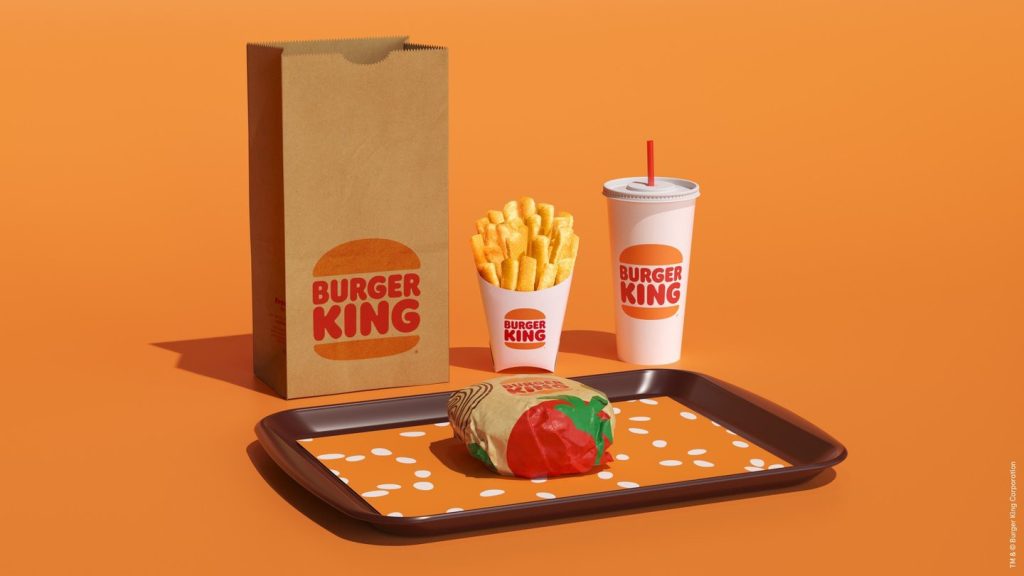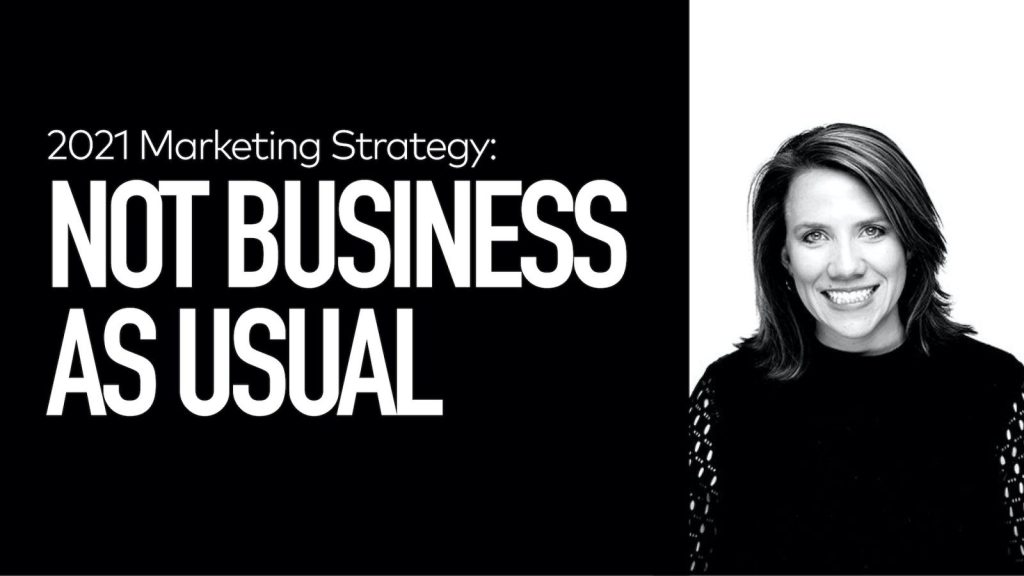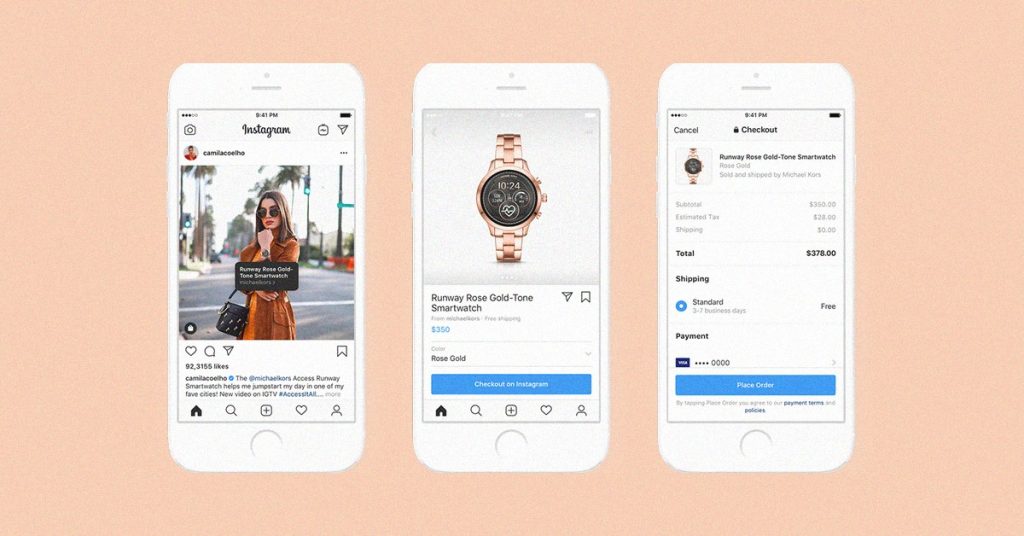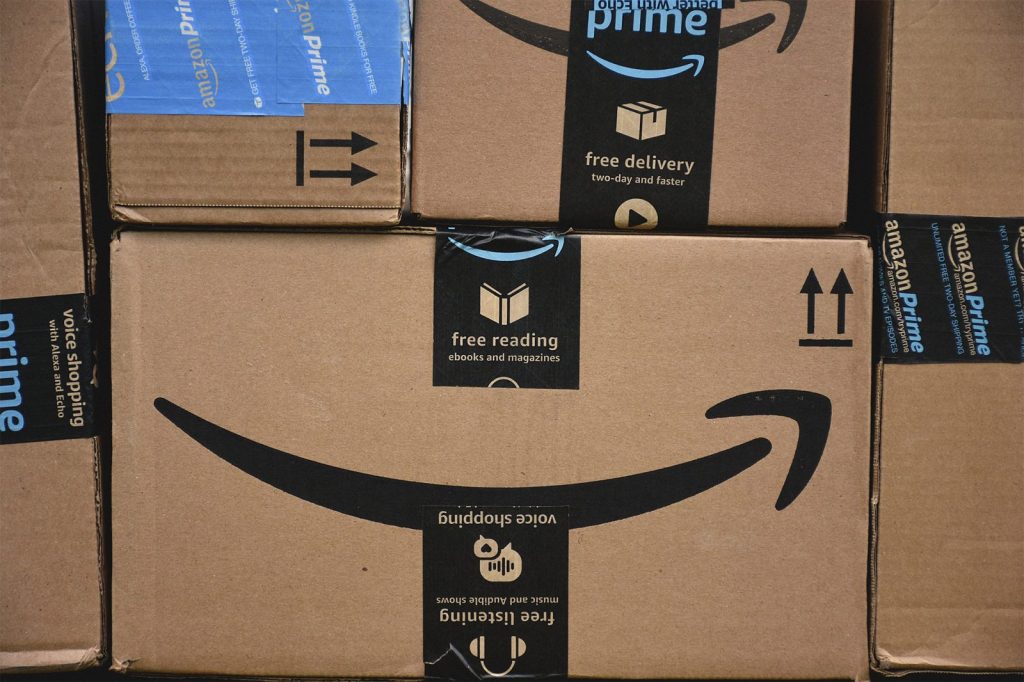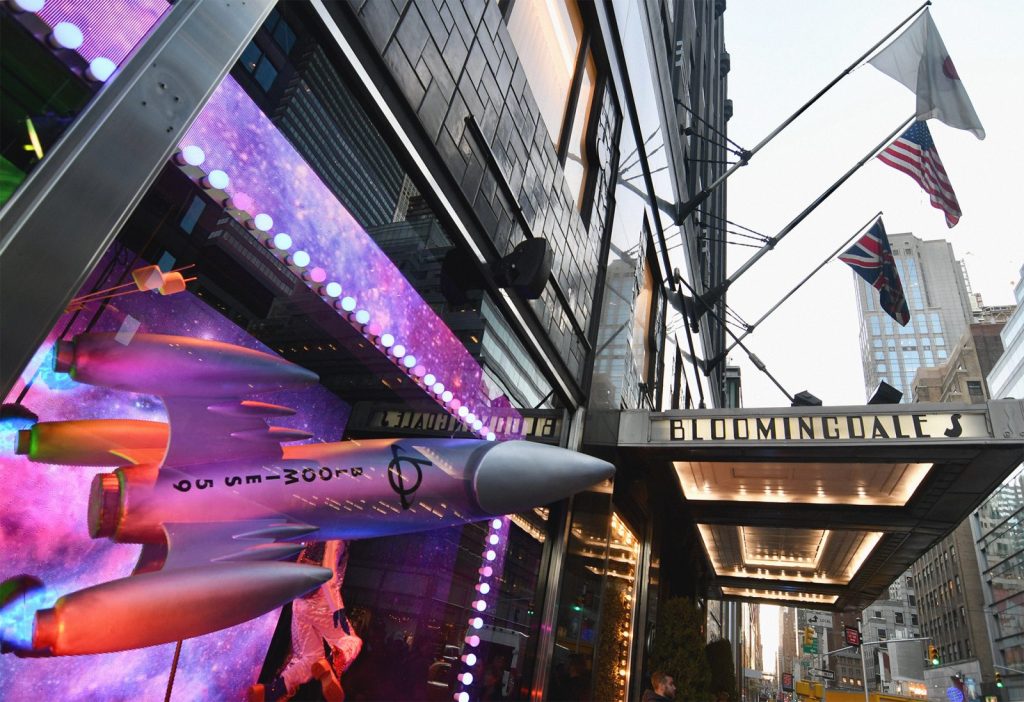How People Watch TV in 2021: Best Tactics for OTT and CTV Advertising
Americans first learned to love watching TV way back in the 1950s, and some folks still refer to that time as the Golden Age of TV. Even during today’s digital age, people still spend a lot of time watching dramas, comedies, documentaries, the news, and other kinds of TV shows. At least, Nielson recently reported that the average U.S. adult consumes over five hours of video content every day.





